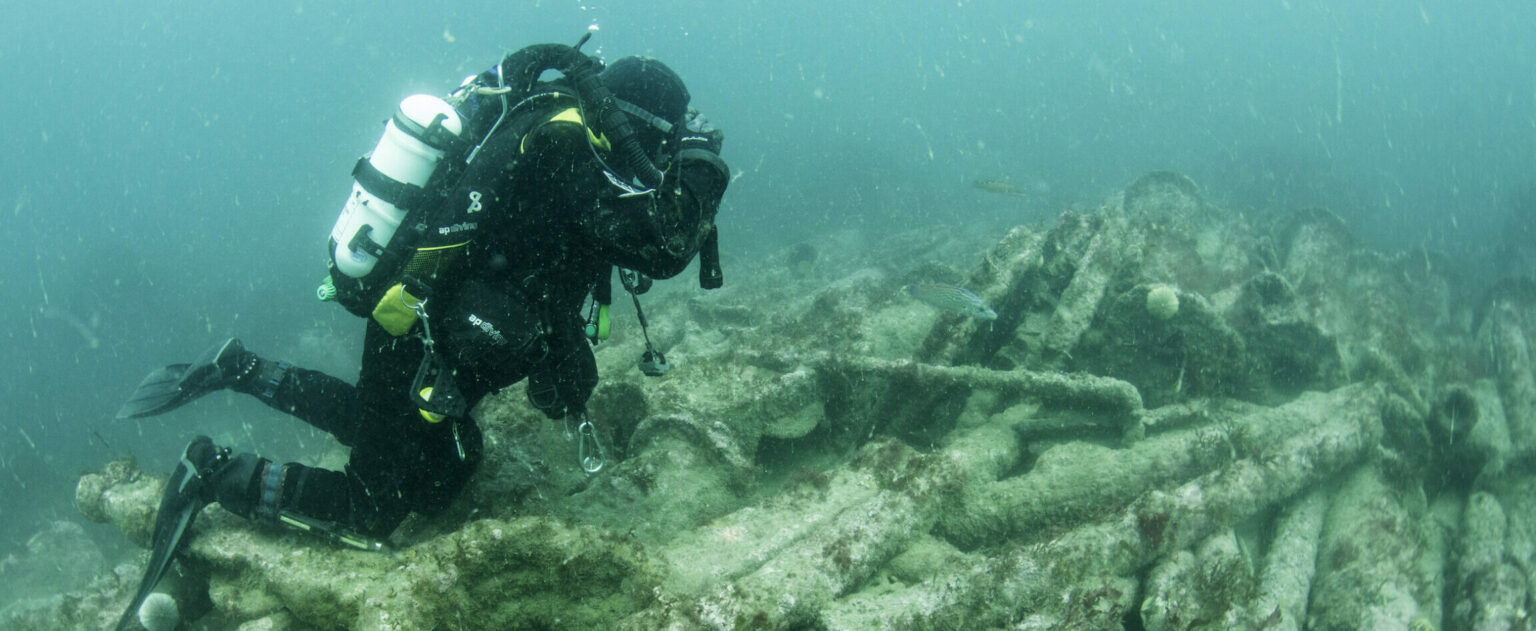Usage Statistics
The ADS is committed to recording and presenting the (re)use of data deposited with us. Every object (i.e. file) download is recorded via Matomo, a free and open source web analytics application. We only store the download action itself (the file identifier and date of download), and do not record or keep the IP address the download request came from.
Archives
Each Archive has a designated page called ‘Usage Statistics’ where numbers of Downloads can be viewed and accessed. An example can be found on the Usage Statistics page for the Rural Settlement of Roman Britain archive. The statistics for these graphs can be downloaded from the bottom of this page as a .csv file and the graphs themselves can be downloaded as a raster or vector image.

Library
Download Statistics are also available for each Journal, Monograph or Unpublished Report found in the ADS Library. For each of these cases these statistics can be found via a tab called ‘Statistics’ available from the main series page in the Library. An example can be found on the Statistics tab for the journal Archaeologia Aeliana.
The ADS Library also has an overarching Statistics page that aggregates all of the visits and downloads for Journals, Monographs and Unpublished Reports. Graphs for Visits and Downloads per year can be downloaded as a raster or vector image.
All Resources
ADS Users may also be interested in general trends for all ADS resources, which are reported each year in the ADS Annual Report. A general picture of all downloads by month and year can be viewed from the Downloads from ADS page. This page presents an overview of all downloads from since 2014 from ADS Archives, including Journals, Monographs and Unpublished reports accessed via the Library.
Associated Collections
Where possible, the ADS endeavours to record where an archive or object has been used and cited in another piece of research. These cases of use are currently listed as an ‘Associated Collection’ on the relevant Metadata page for each Archive. An example can be found on the Metadata page for the Cottam B: an Anglian and Anglo-Scandinavian settlement in East Yorkshire archive. In this example associated archives and journal articles are each linked from this page via a Digital Object Identifier.
Data Reuse
A more advanced system of dynamic and programmatic citation capture is currently being planned via recognition of Digital Object Identifiers used within citation events such as references within academic publications.
We also endeavour to record high-profile and interesting instances of reuse of ADS collections on the Data Reuse Case Studies page.



